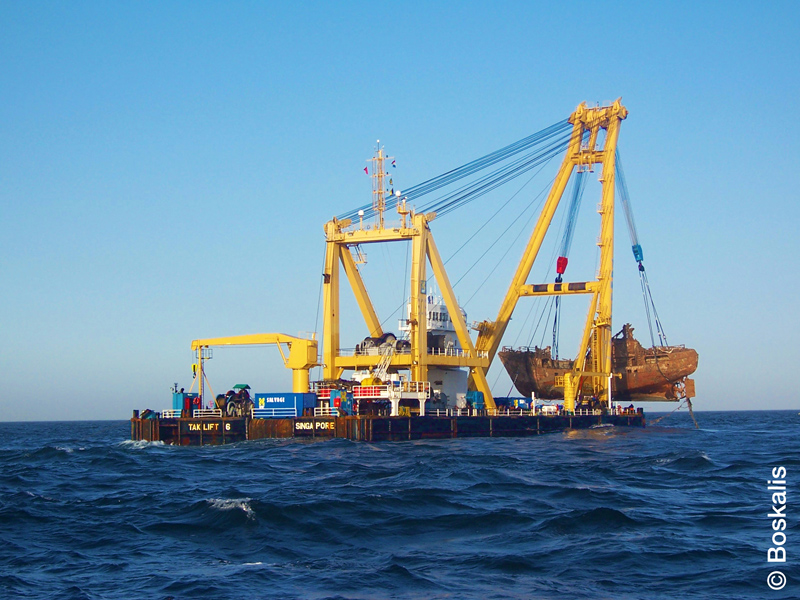A ship wreck can be a hazard to navigation. Other vessels and their crews can potentially be endangered, and, depending on the nature of the cargo and remaining fuel on board, a wreck may also cause damage to marine environments and other coastal interests. Then there is the issue of costs and risks involved in marking and removing hazardous wrecks.
To help resolve these issues, IMO's Nairobi Wreck Removal Convention, covers the legal basis for States to remove, or have removed, shipwrecks, drifting ships, objects from ships at sea, and floating offshore installations.
To spread knowledge of the specific aspects of the Convention, IMO led a panel discussion on wreck removal challenges, at the Salvage & Wreck Removal Conference in London, United Kingdom (5-7 December).
The Convention entered into force in 2015, filling a gap in the international legal framework on liability and compensation by providing the first set of uniform international rules aimed at ensuring the prompt and effective removal of wrecks located in a country's exclusive economic zone. The Convention covers shipowners' liability for costs of locating, marking and removal of hazardous wrecks; compulsory insurance to cover shipowner liability; the criteria for determining the hazard posed by wrecks, including environmental criteria. The treaty also includes an optional clause enabling States Parties to apply certain provisions to their territory, including their territorial sea.
To-date, 41 States have signed up to the Convention, representing more than 72% of world merchant shipping tonnage. Find out more about the Convention, here.
